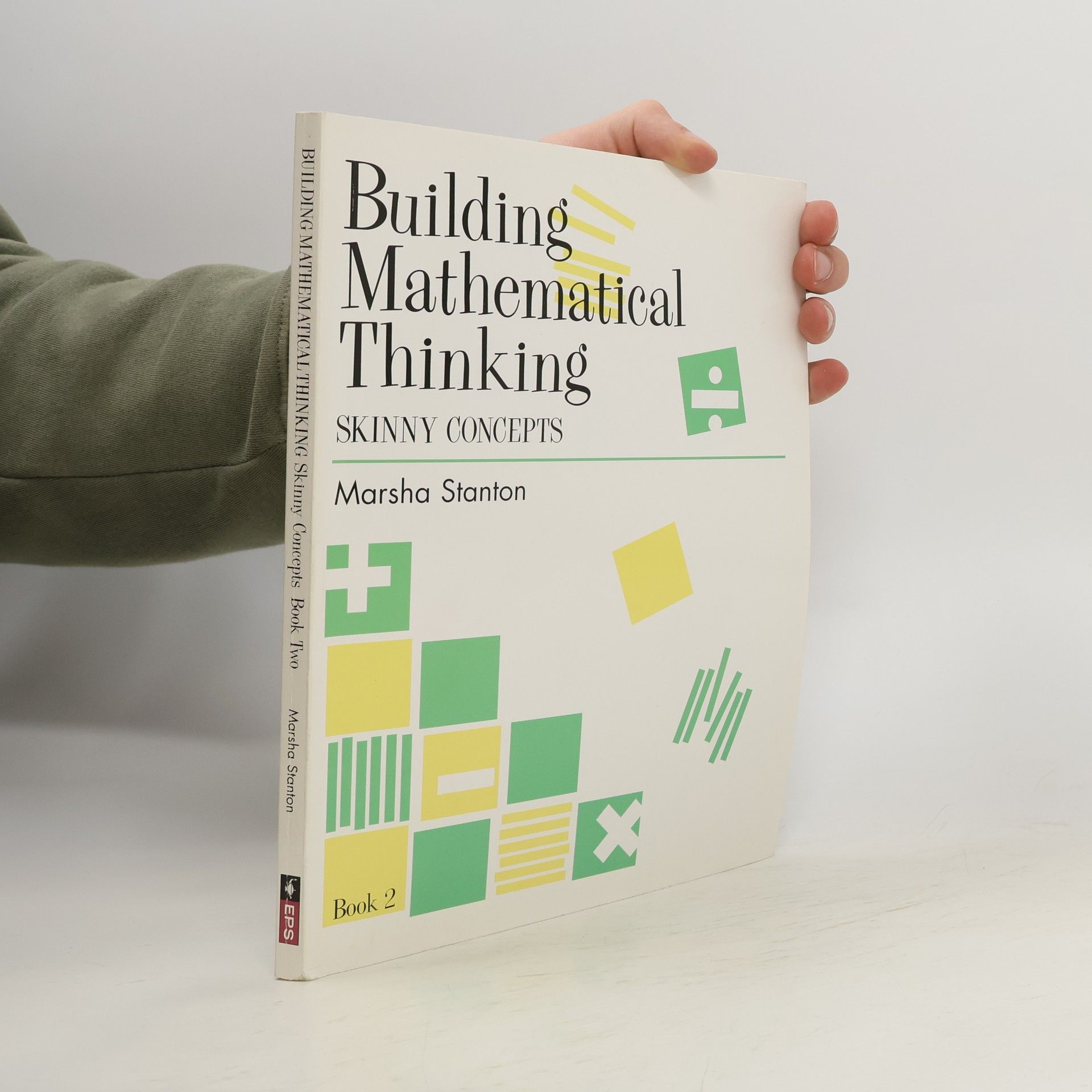Building Mathematical Thinking 2
- 169pages
- 6 heures de lecture
From the Book 2 is suitable for fourth graders and contains 8 chapters -- place value, fractions, multiplication, division, decimals, geometry, measurement, and probability. The chapters are made up of "skinny" (1-2 page) lessons, each introducing a concept that builds on the one taught in the previous lesson. Each lesson begins with an example equation or problem with the steps for completing it written out. Many examples are illustrated for visual reinforcement of the concept. Students are often asked to seek and write down "patterns" or "secrets" they notice in these examples that may help them when they are completing the exercises that follow.


